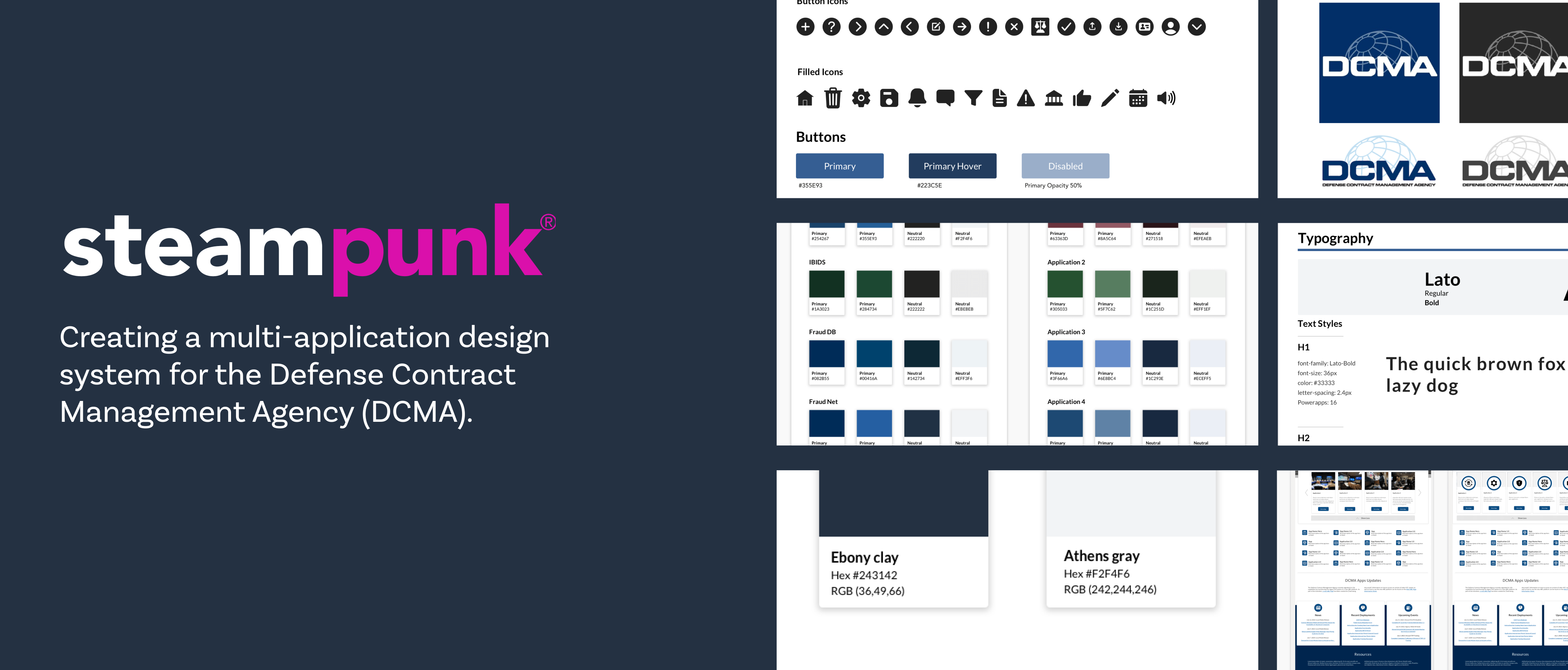Challenge: Teachers Struggle to Track Paper Assignments
Elementary school teachers manage multiple paper-based assignments daily, making it hard to track submissions, monitor missing work, and distribute materials for absent students. Teachers want low-tech solutions that don’t add to their workload, yet existing tools are digital-first and don’t integrate well with paper workflows.
Goal: Reduce Teacher Workload Without Replacing Paper
Design a dashboard that allows teachers to:
- See assignment status at a glance
- Track missing work and low turn-in rates
- Integrate with existing paper workflows
Process
- Conducted interviews with elementary teachers to understand daily pain points
- Observed classroom workflows for assignment collection and tracking
- Conducted competitive analysis of classroom management tools (both paper and digital)
- Identified actionable insights: teachers need simple, visual tracking and alerts for missing assignments
- Created low-fidelity wireframes for hybrid paper-digital dashboard
- Designed and iterated on high-fidelity prototypes
Journey Mapping Revealed Key Pain Points and Opportunities
Observed classroom routines and created a teacher journey map from assignment creation to submission tracking. Insights included:
Daily bottlenecks occur when collecting work from absent students
Paper stacks frequently get lost or forgotten
Teachers need visual, at-a-glance tracking and low-maintenance alert
Journey Map of a teacher's assignment process
Competitive Analysis Highlighted Gaps in Existing Tools
Digital platforms focus on online submissions
Folders, sticky notes, and paper charts lack visibility and accountability
Teachers want simple, hybrid solutions integrating paper and digital
Solution: Hybrid Dashboard Integrating Paper and Digital Tracking
Dashboard allows teachers to manage assignments at a glance, reduces lost work, and improves student accountability without replacing paper.
Cards – Key assignment info at a glance
Key information is represented as a card showing important information to the teacher as soon as they open the dashboard.
Allows teachers to quickly scan the dashboard without opening multiple screens.
Calendar – Upcoming assignments
Displays assignments by day or week.
Helps teachers anticipate workload and plan for absent students.
Alerts – Missing or low-turn-in work
A simple visual tracker shows which students have submitted assignments and which have not.
Supports quick identification of students needing attention.
Tracker – Submitted vs missing work
Submitted vs missing work
Mockup of dashboard
Dashboard Will Save Time, Reduce Lost Work, and Increase Accountability
- Consolidates paper-based tracking into one interface
- Supports teachers, substitutes, and administrators without disrupting routines
- Visual cues and alerts prevent lost assignments
- Encourages timely student submissions
Takeaways
Teacher-Centered Design
Engaging teachers throughout the process taught me the importance of empathy-driven design. By observing real classroom workflows and conducting interviews, I learned how to translate user pain points into actionable design solutions.
Visual Solutions Increase Adoption
Designing cards, calendars, and trackers reinforced the power of visual hierarchy and information architecture. I learned how to present complex workflows in a way that is instantly scannable and actionable, improving usability and adoption.
Hybrid Design Can Solve Complex Problems
Creating a solution that combined digital dashboards with paper workflows strengthened my ability to design for real-world constraints. I learned to balance innovation with practicality, ensuring adoption without disrupting existing routines.

